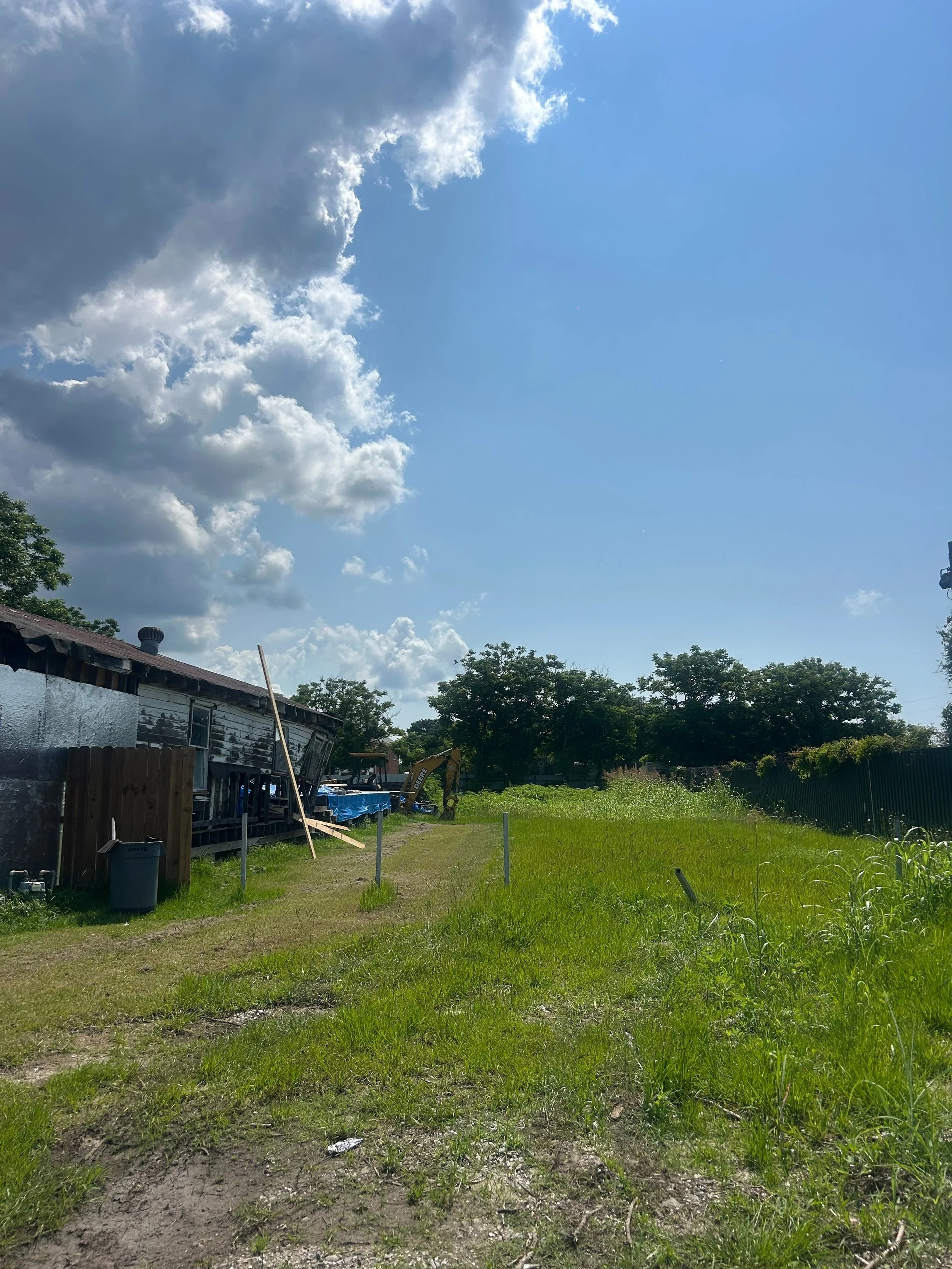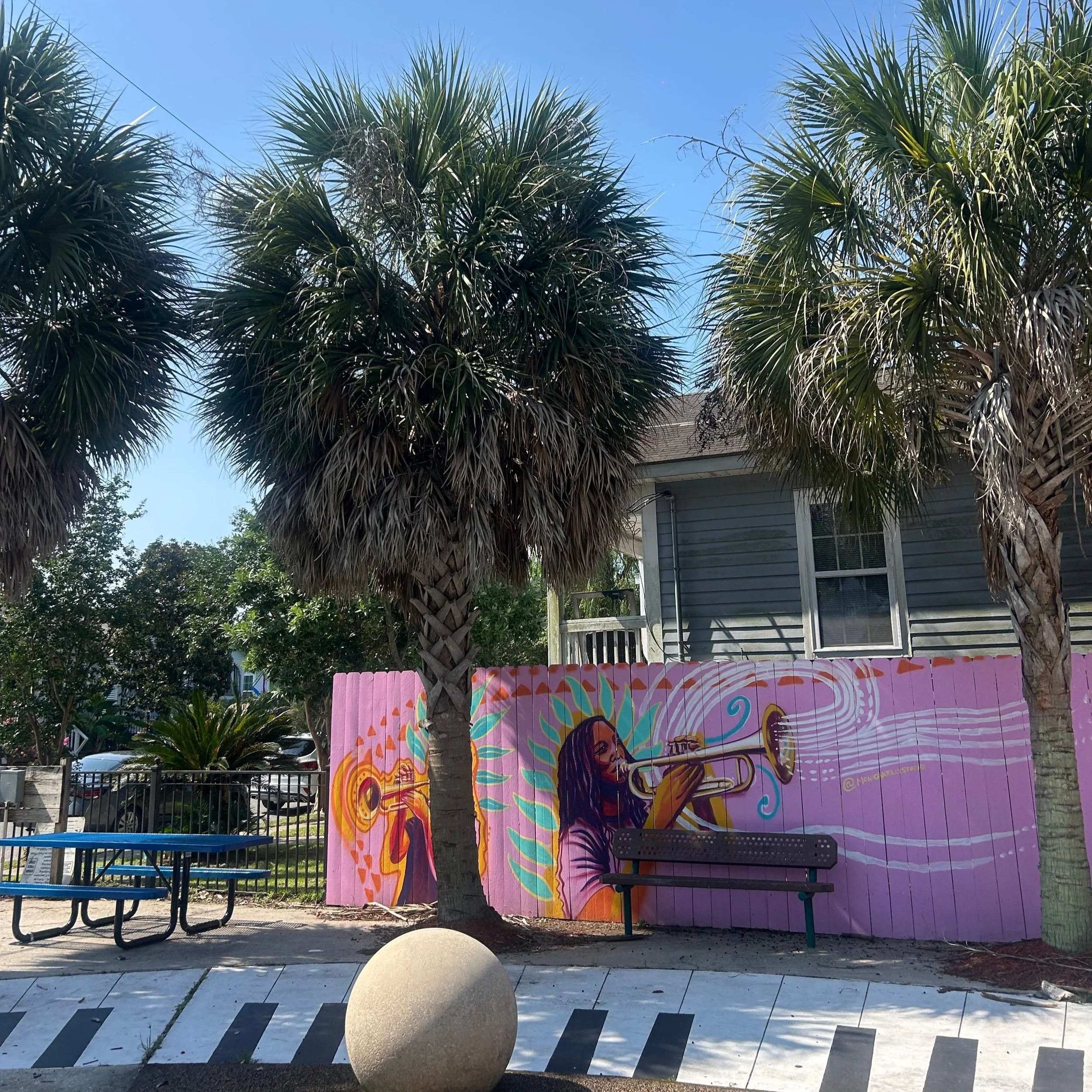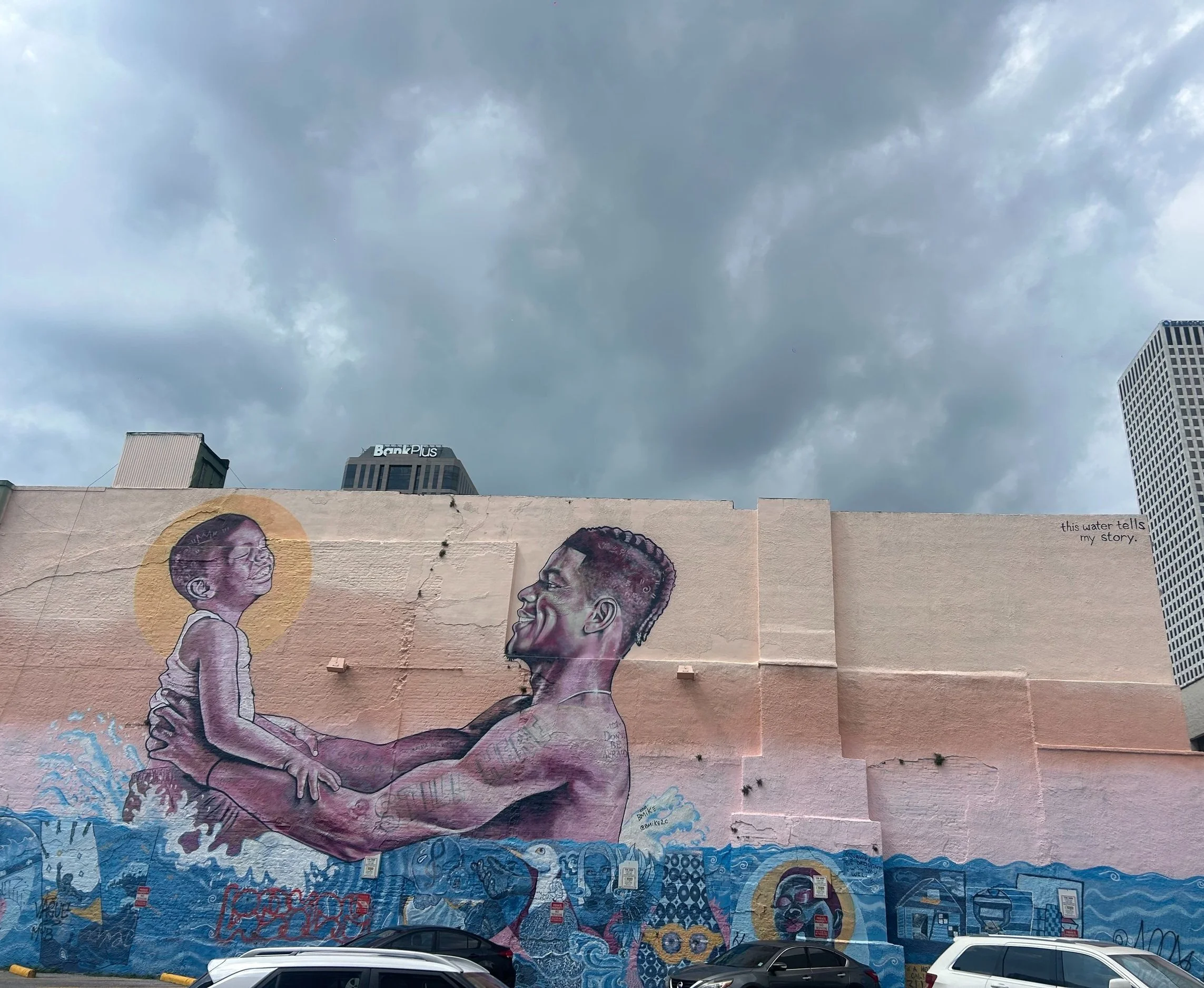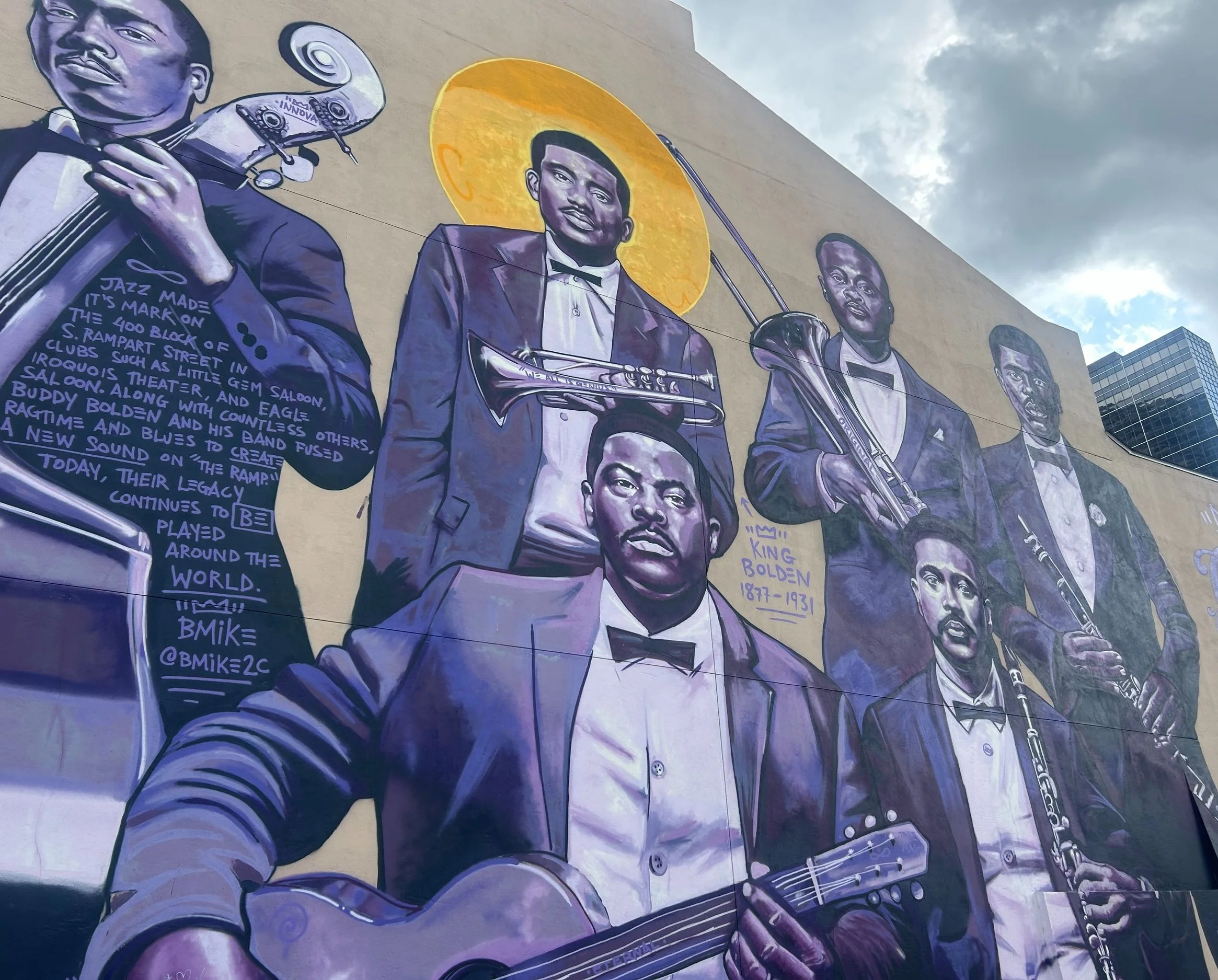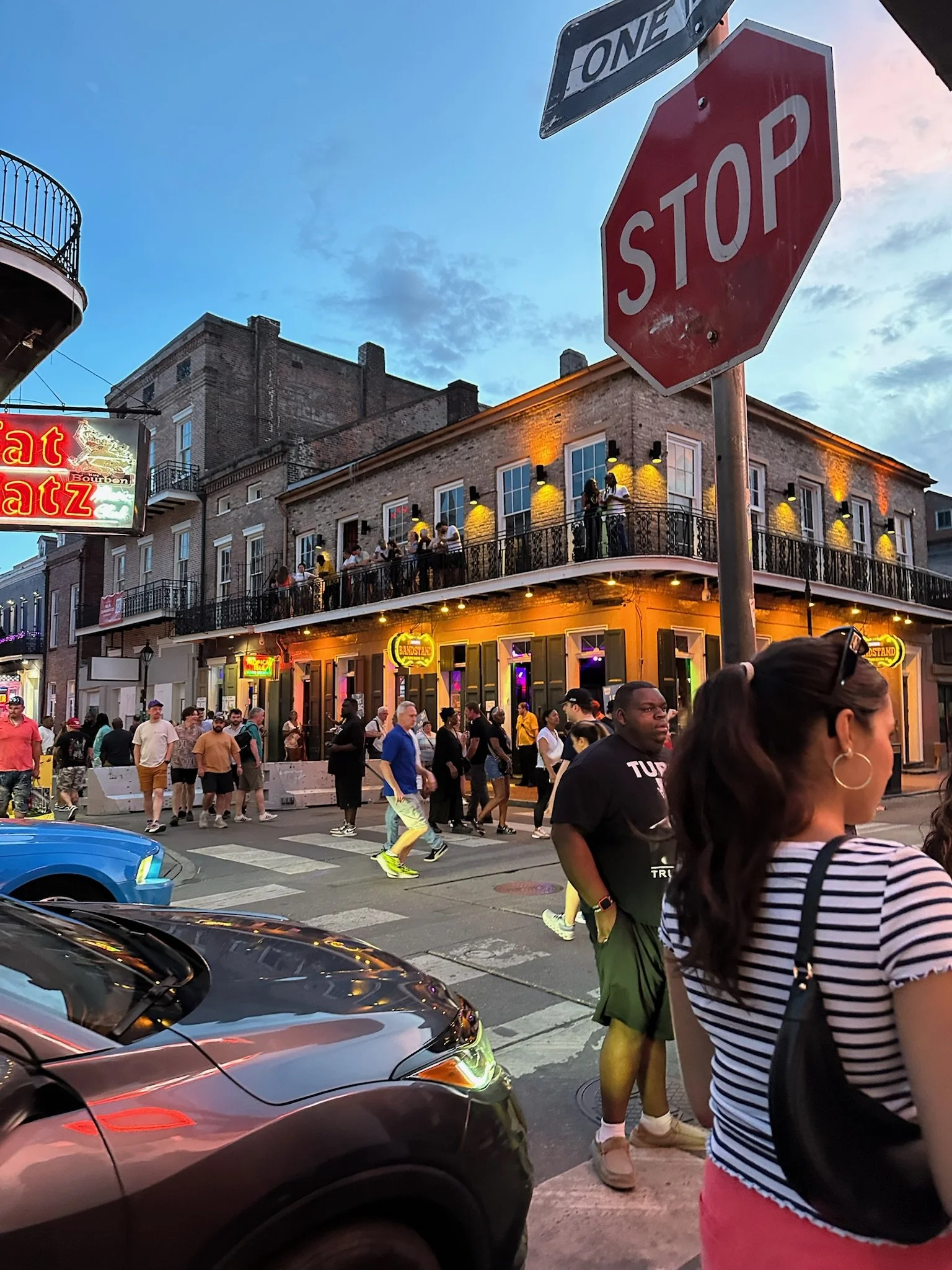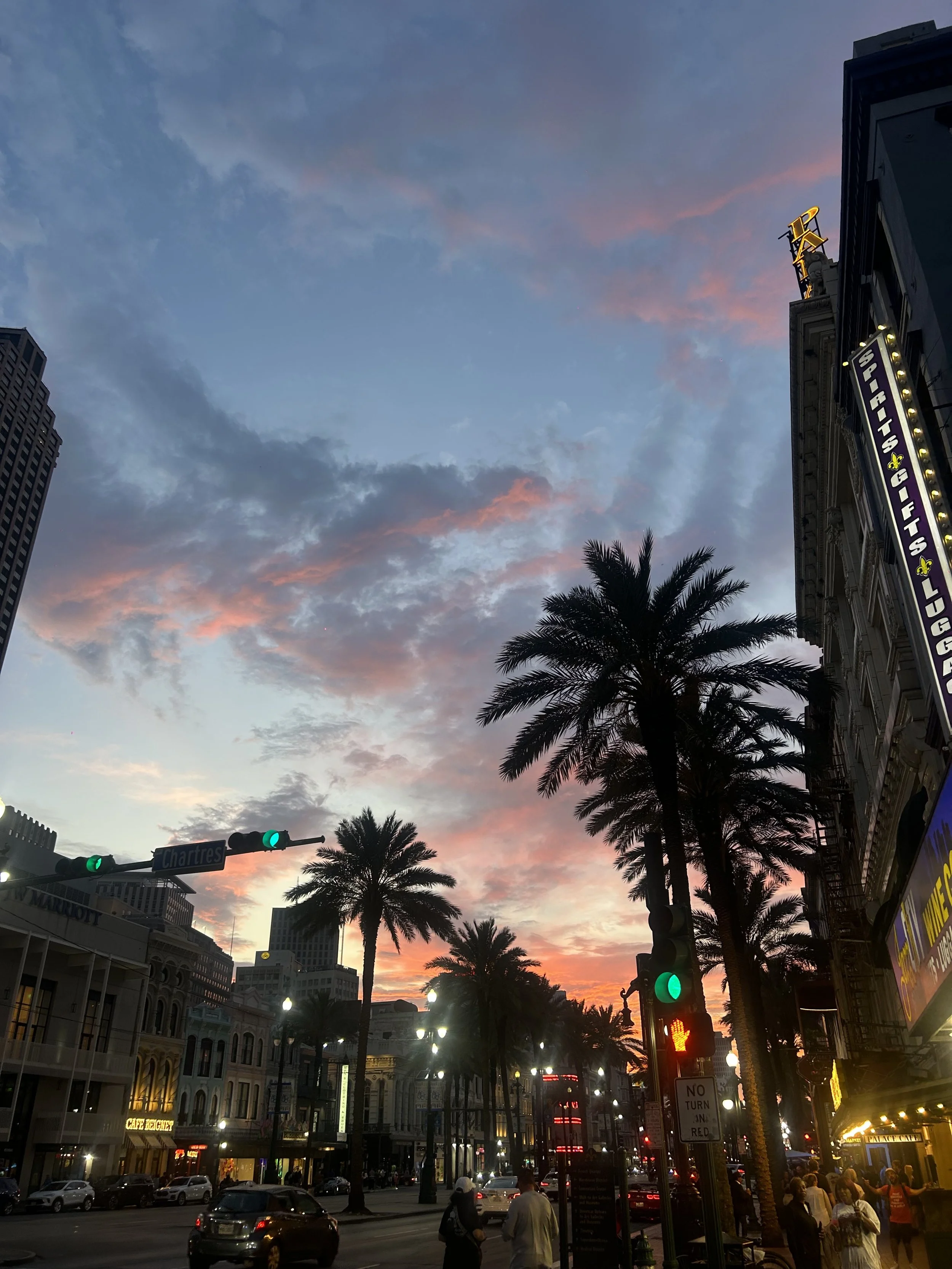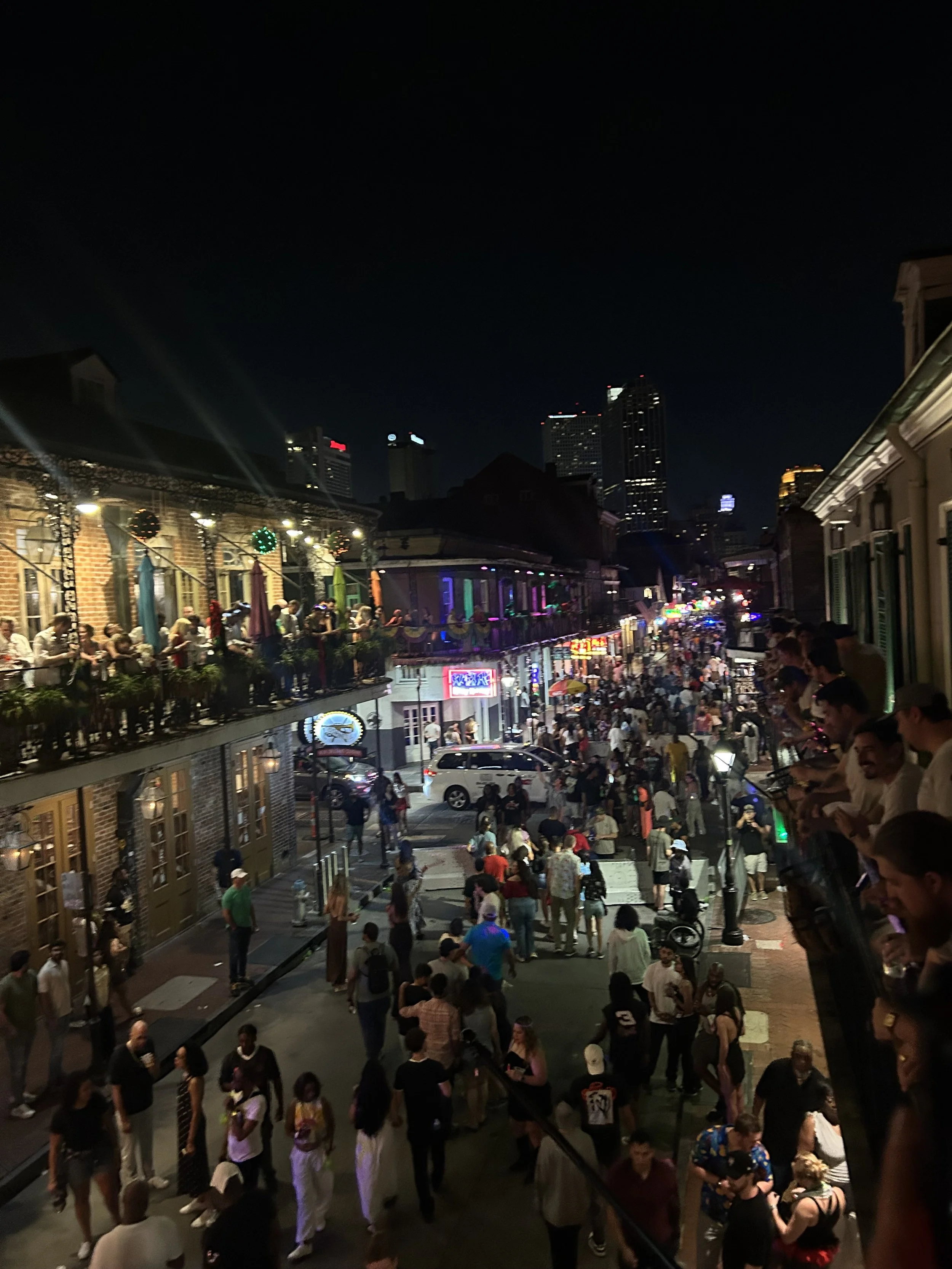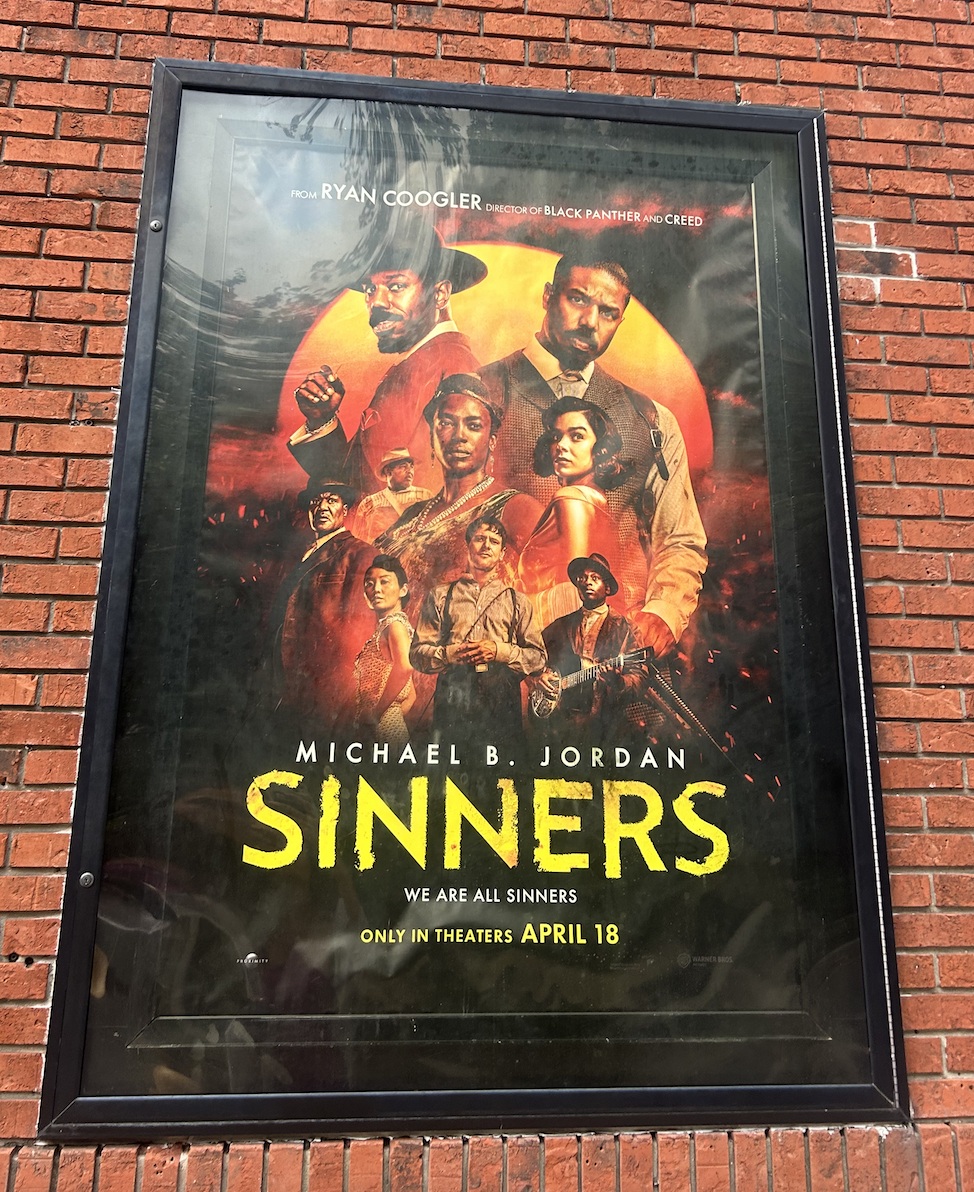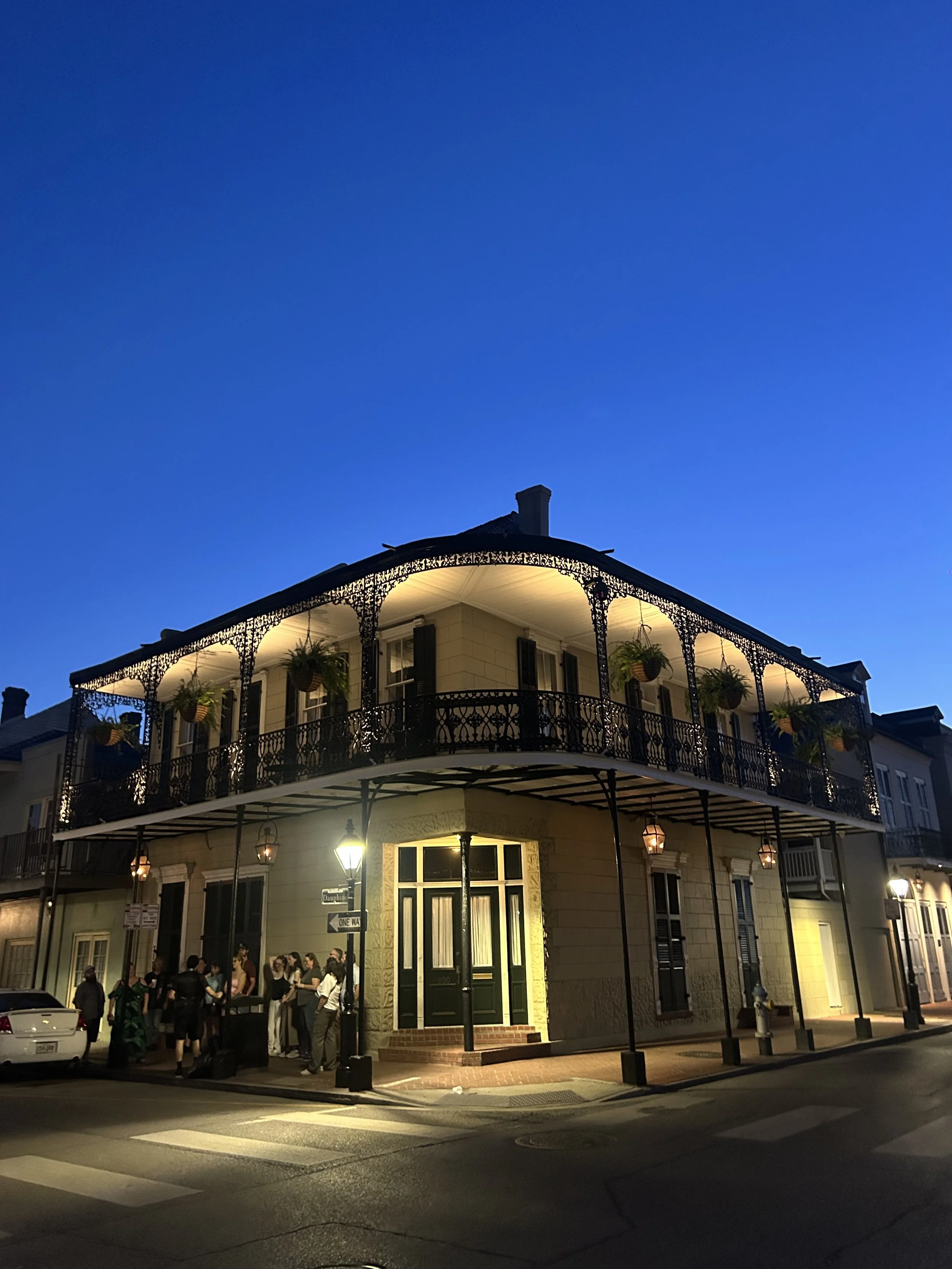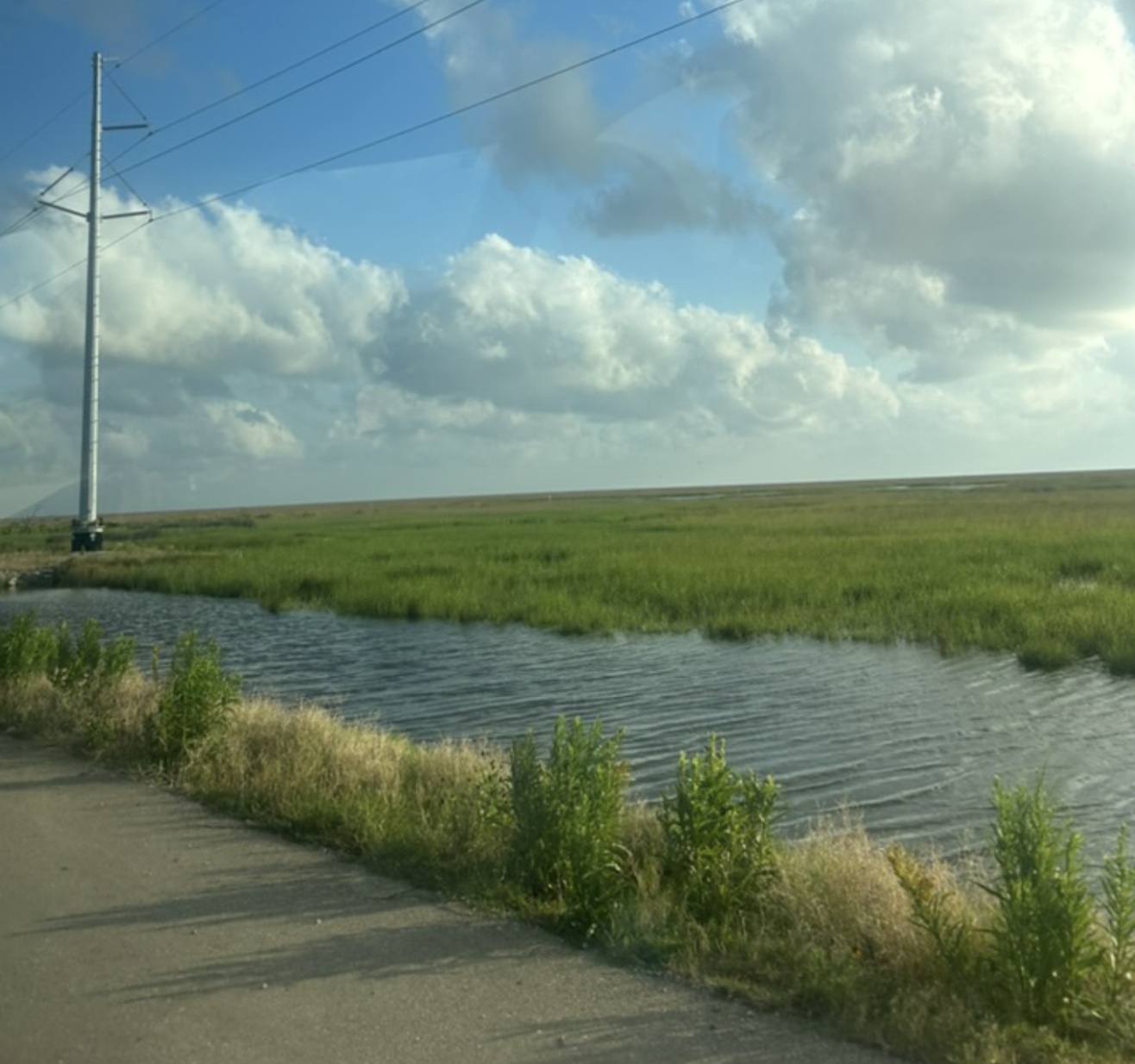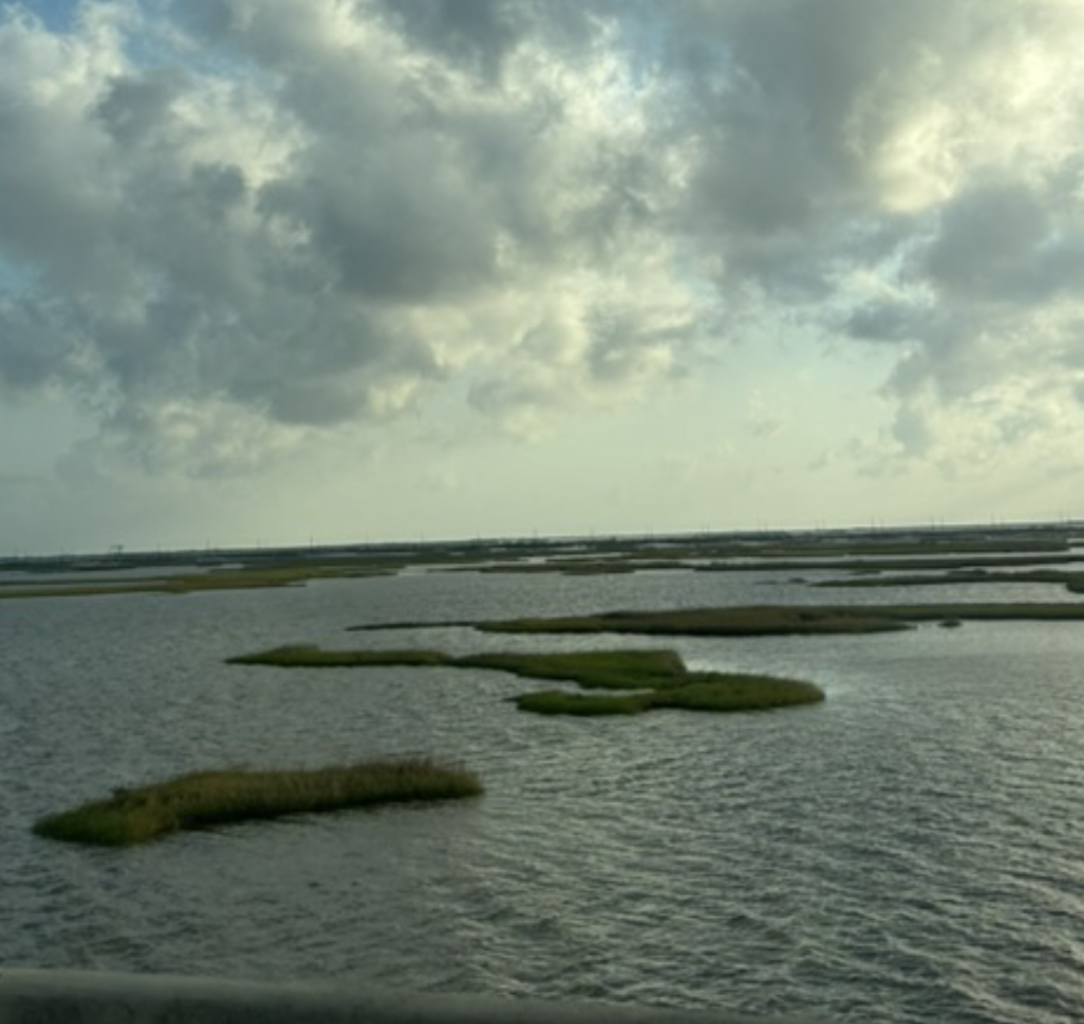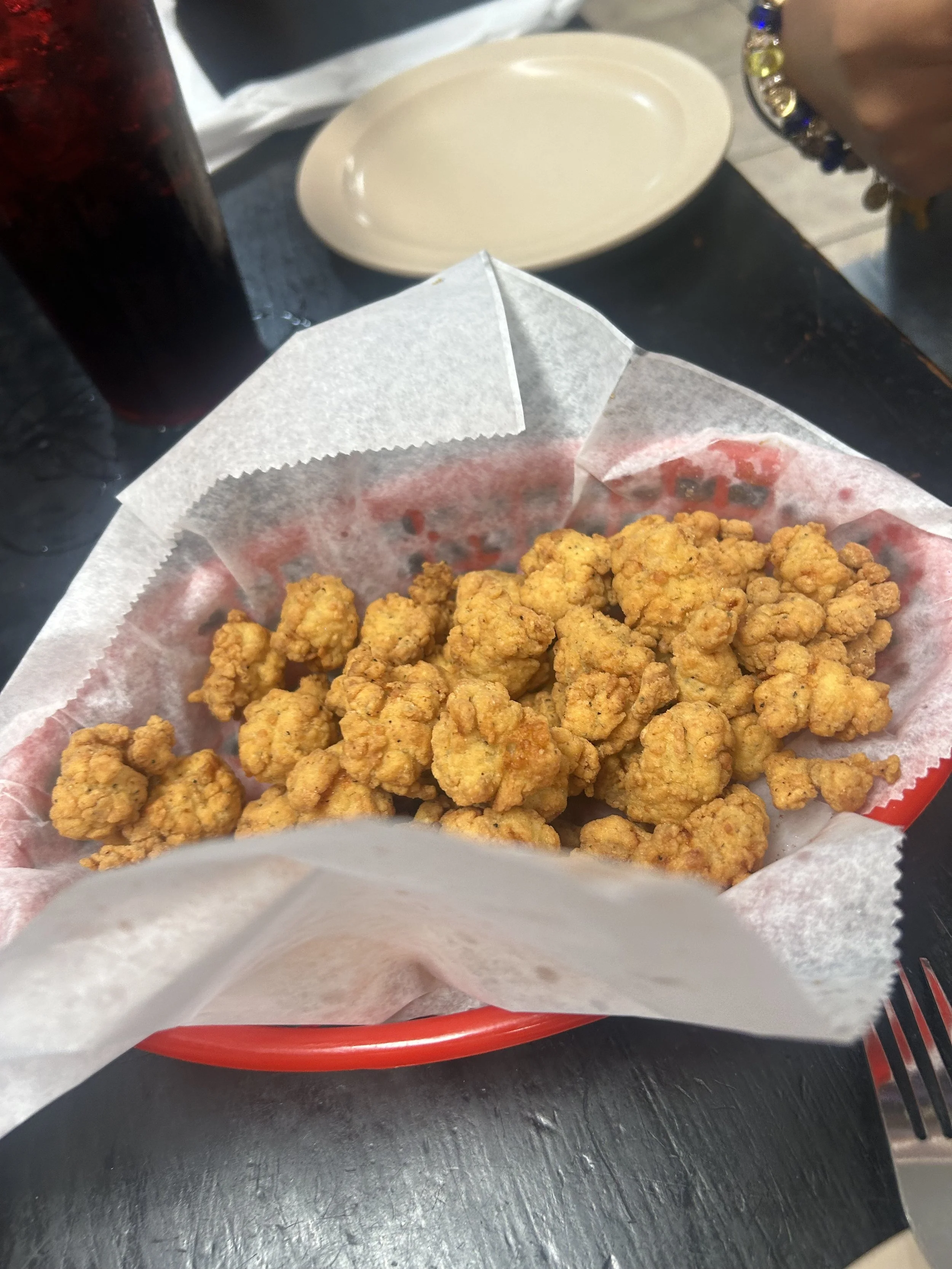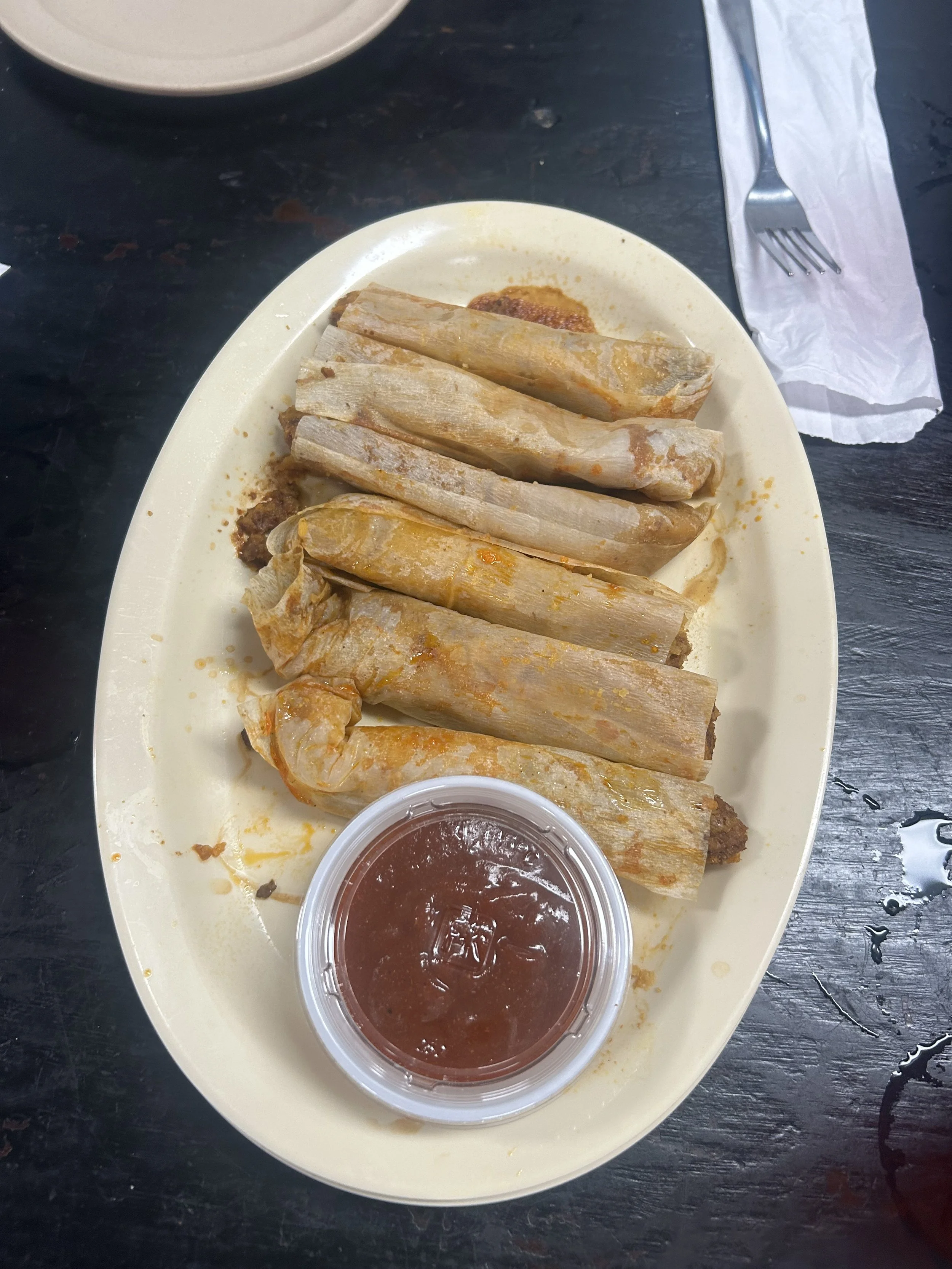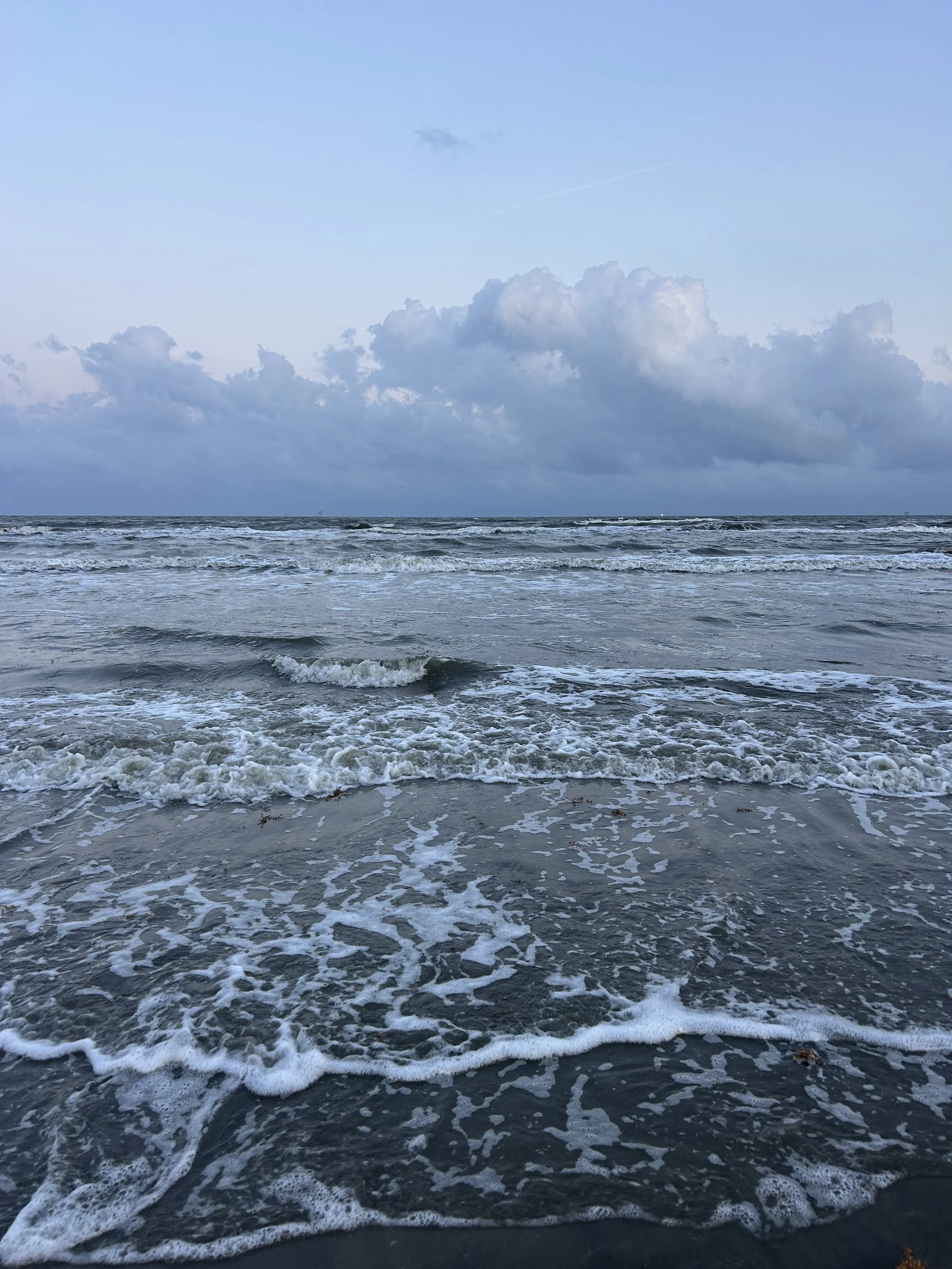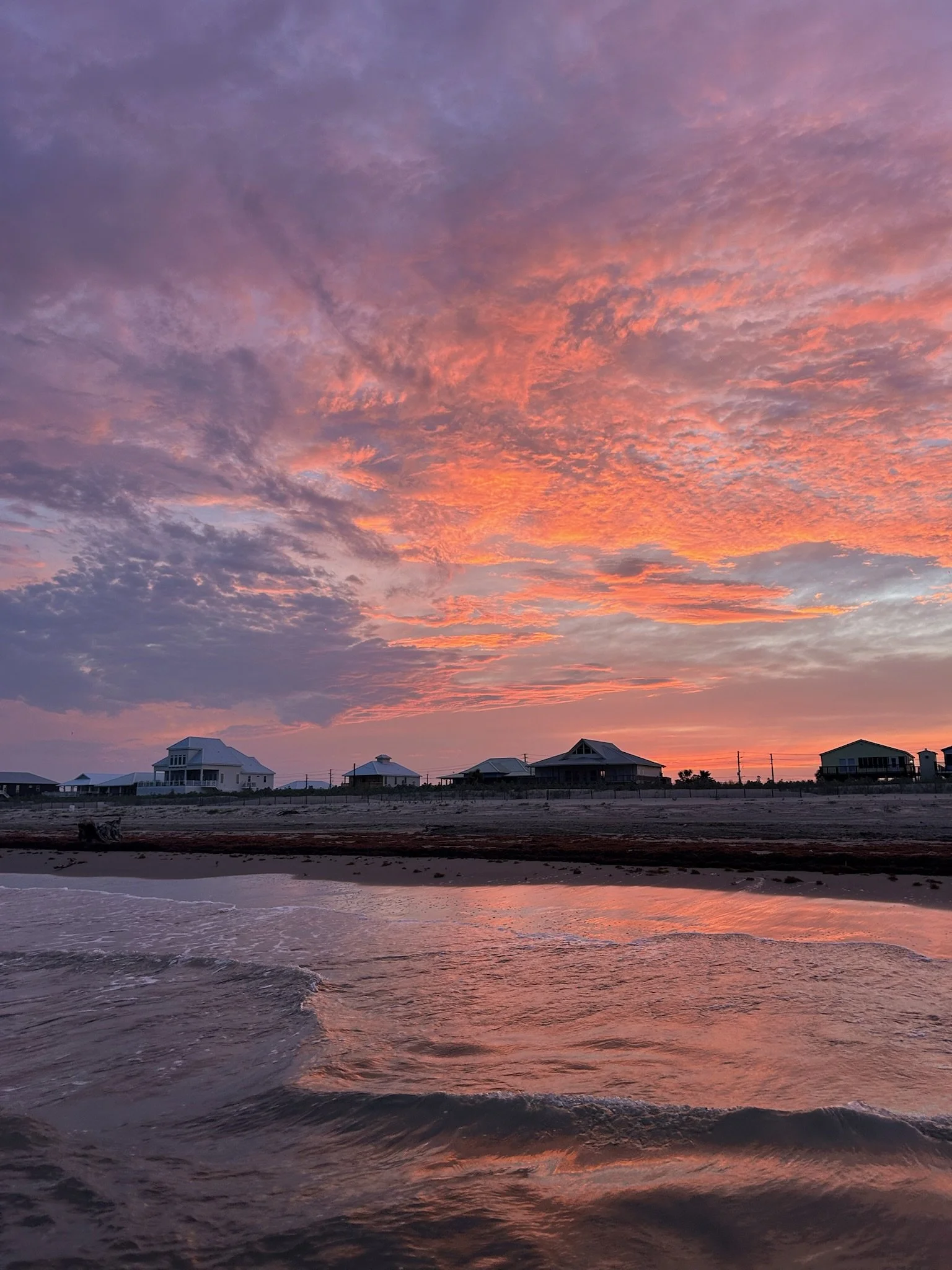As we come to the conclusion of our Maymester trip, I feel simultaneously familiar with New Orleans yet aware of how little I have truly uncovered. Spending so much time in a place allows you to immerse yourself in the culture and learn a lot, but it also exposes you to the vastness of possibilities for exploration that you may not have even been aware of before you started the experience.
“The more I learn, the more I realize how much I don’t know”
In The Moviegoer, Binx leads a constant “search” throughout the book to find his purpose in life. I myself have spent a lot of time thinking about my own purpose when I too have walked through the French Quarter. Much like Binx, my time in New Orleans has been filled with moments of contemplation: grappling with my professional goals for the future and setting out my aspirations for connection. Upon finishing The Moviegoer, there was a lot I struggled to understand. Did Binx really find his purpose? Was his search fruitful? Did he achieve success? To find better answers to these questions, I decided to take my own stroll through the French Quarter to step in his shoes for myself.
“I alight at Esplanade in a smell of roasting coffee and creosote and walk up Royal Street. The lower Quarter is the best part. The ironwork on the balconies sags like rotten lace. Little French cottages hide behind high walls. Through deep sweating carriageways one catches glimpses of courtyards gone to jungle”
Unlike multiple times a day every day this month that I have walked into the Quarter from the Business District past Canal Street, this time I decided to enter from the Lower Quarter as Binx initially does. Walking down the Esplanade, I found serenity in the French Quarter - uncharacteristic of what I have known it to be. Hearing the street Jazz music faintly in the distance and the occasional fog horn of the ferry on the Mississippi, I felt at home in San Francisco by the Bay. Only through this experiential learning process of mine did I vividly internalize this area’s relaxed charm, which Binx views as the “best part” of the Quarter.
Walking through the Lower Quarter is nothing like walking down Bourbon street. Meandering through the French Market, I too smelled the roasting coffee that Binx describes. Making my way down Pirate’s Alley and into Jackson Square as Binx did, I too began to notice the tourists “browsing along antique shops or snapping pictures of balconies.” I confess, I may have been one of them.
Only now, with The Moviegoer in my hand, did I notice the “rotten lace” aesthetic of the rustic architecture of years old galleries I passed by. “Courtyards gone to jungle” came alive right before my eyes as I observed the townhouse carriageways being slowly eaten away at by time, and the harsh and volatile climate of immense heat and intense humidity exacerbated by many-a-thunderstorm.
“Not a single thing do I remember from the first trip but this: the sense of place, the savor of the genie-soul of the place which every place has or else is not a place”
“Whenever one courts great happiness, one also risks malaise”
Nearing these last few days, I have experienced a solemn feeling characterized both by my appreciation for the beautiful experiences this past month, but also by my anticipation of grief for my time here coming to an end. This feeling could be the very malaise that Binx perpetually describes? An unnamed sadness that cannot quite be identified: the weight of parting ways, an uncertainty for what comes next, or a simple loneliness in the solitude of being when walking alone. In any case, it is hard to be sad in New Orleans - there is always something to do, somewhere to be, people to see. These waves of sadness lack permanence, always inevitably dissipating into excitement.
During one of our final group dinners, Professor Chater insightfully shared that “one cannot go through life alone.” He described how it is often the smallest scale actions of giving love that create the most powerful impact. Given the added level of meaning from going through this past month of experiences together as a group, I have found that this could not be more accurate. Though solitude – as Binx and I have both experienced walking alone through the French Quarter – can be calming, it also fuels an awareness of the joy in walking through life with others. In this sense, the presence of connection can only be truly appreciated in moments of solitude where connection is absent.
As I conclude my time here, I've come to a realization that I believe Binx discovered as well: meaning lies in the small moments of joy and the connections forged through shared experiences. Whether it be an activity that evokes a feeling of happiness or simple instances of quality time with loved ones, the total puzzle of a meaningful life cannot exist without each of these smaller pieces from the journey along the way. I now leave New Orleans with a newfound sense of purpose: meaning isn’t about answering the big questions, but about the process of solving each smaller one together.













